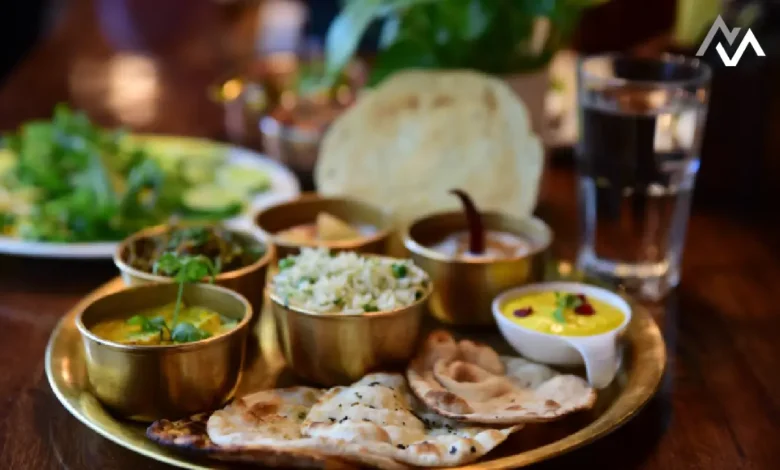How Many Meals Should Indians Have in a Day?

In India, meals are more than just sustenance; they are a cultural cornerstone. From the traditional breakfast to the indulgent dinner, food plays a pivotal role in daily life. But how many meals should Indians ideally consume in a day for optimal health?
The Evolution of Meal Patterns in India
Historically, the concept of having three meals a day is a relatively modern adaptation in India. Until the 14th century, breakfast was not a common practice. Most Indians began their day around midday, having a hearty meal and followed it up with a lighter supper. The influence of the East India Company in the 19th century introduced tea, coffee, and breakfast as a formal meal, especially among the elite.
Modern-Day Meal Trends
Today, most Indians follow a routine of three to four meals a day—breakfast, lunch, chai time, and dinner. However, this pattern raises the question: is eating this frequently necessary for everyone?
Expert Recommendations on Meal Frequency
Nutritionists suggest that the number of meals one should have depends on individual needs, activity level, and health goals. Eshanka Wahi, a culinary nutritionist, recommends two to two-and-a-half meals a day, with a small snack, such as nuts, to keep energy levels up. For a low-activity lifestyle, two meals might be sufficient.
Bharathi Kumar, a dietician, adds that while two meals can work for many, the ideal frequency varies with age, health, and lifestyle. For example, those with high physical activity or specific health conditions might require more frequent meals.
The Danger of Overeating
Indian meals, often rich in carbohydrates and fats, can lead to overeating. Dr. Madhusudan Singh Solanki, a senior psychiatrist, highlights how the abundance of flavorful, calorie-dense dishes can distract the brain from recognizing fullness, leading to emotional eating.
Portion control also becomes challenging, especially when traditional meals include multiple courses and are often carb-heavy. Many Indians rely on pulses, dairy, and grains for protein, but these foods are often more carbohydrate-dense than protein-rich.
Understanding Your Body’s Needs
Experts suggest eating according to your circadian rhythm, with meals timed to match daylight hours. For example, a healthy eating window between 12 PM to 6 PM can help regulate digestion and calorie intake. This approach naturally limits eating to two and a half meals per day, allowing the body time to rest.
Parmeet Kaur, a nutritionist, recommends a structured approach with three meals and portion control. A balanced calorie intake would include 400–500 calories for breakfast, 500–700 for lunch, and 400–600 for dinner, while snacks should be limited to around 200–300 calories.
Finding Your Optimal Meal Plan
Ultimately, the “right” number of meals per day is subjective and depends on your unique needs. Whether you prefer the Indian approach of multiple meals or a Mediterranean-style three-meal plan, the key is listening to your body and adjusting your diet to suit your lifestyle.
Conclusion
While there’s no one-size-fits-all answer, being mindful of calorie intake and meal timing can make a significant difference in maintaining a balanced diet. Whether following a traditional Indian, Mediterranean, or modern approach, the goal should always be to eat mindfully and in alignment with your body’s needs.




